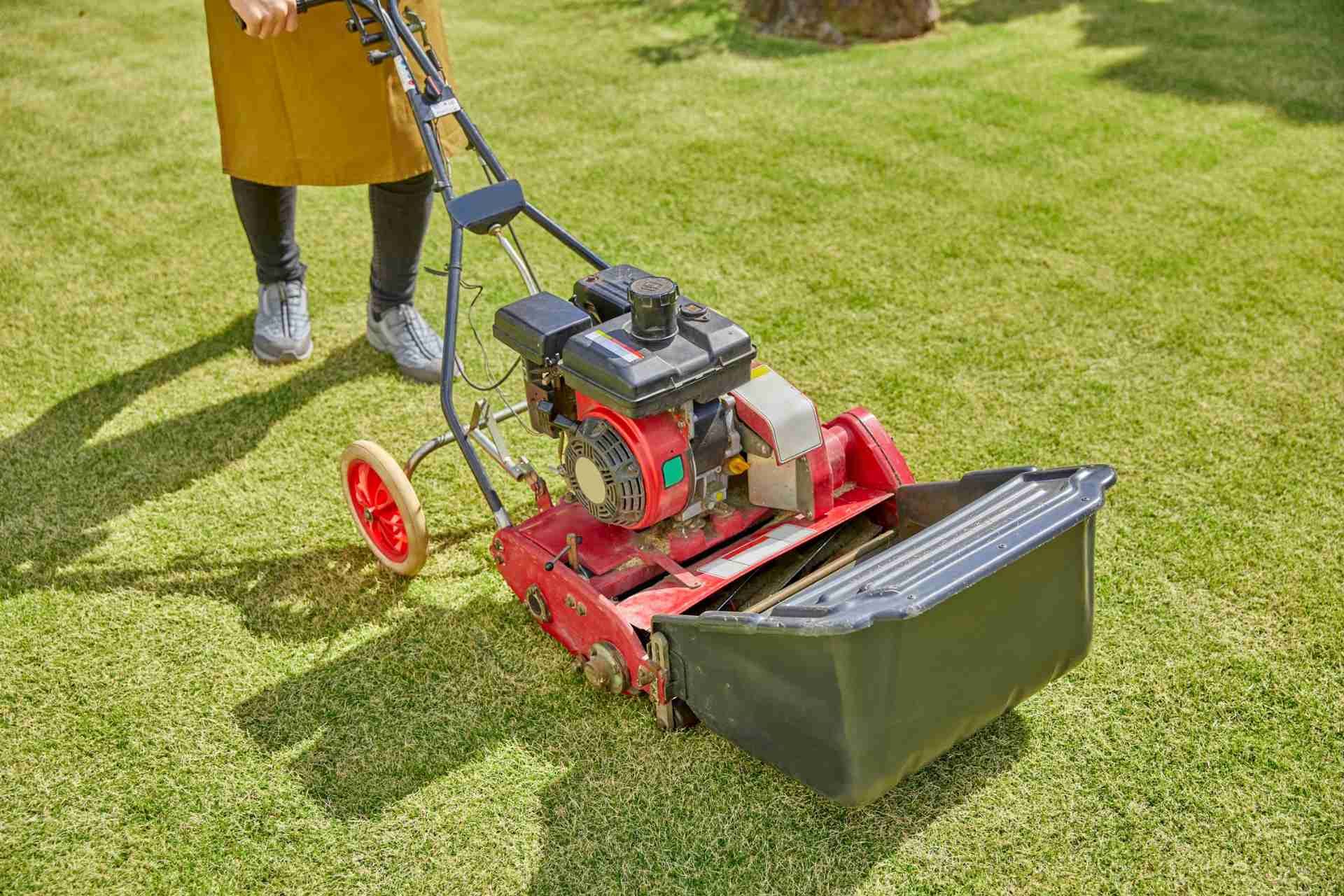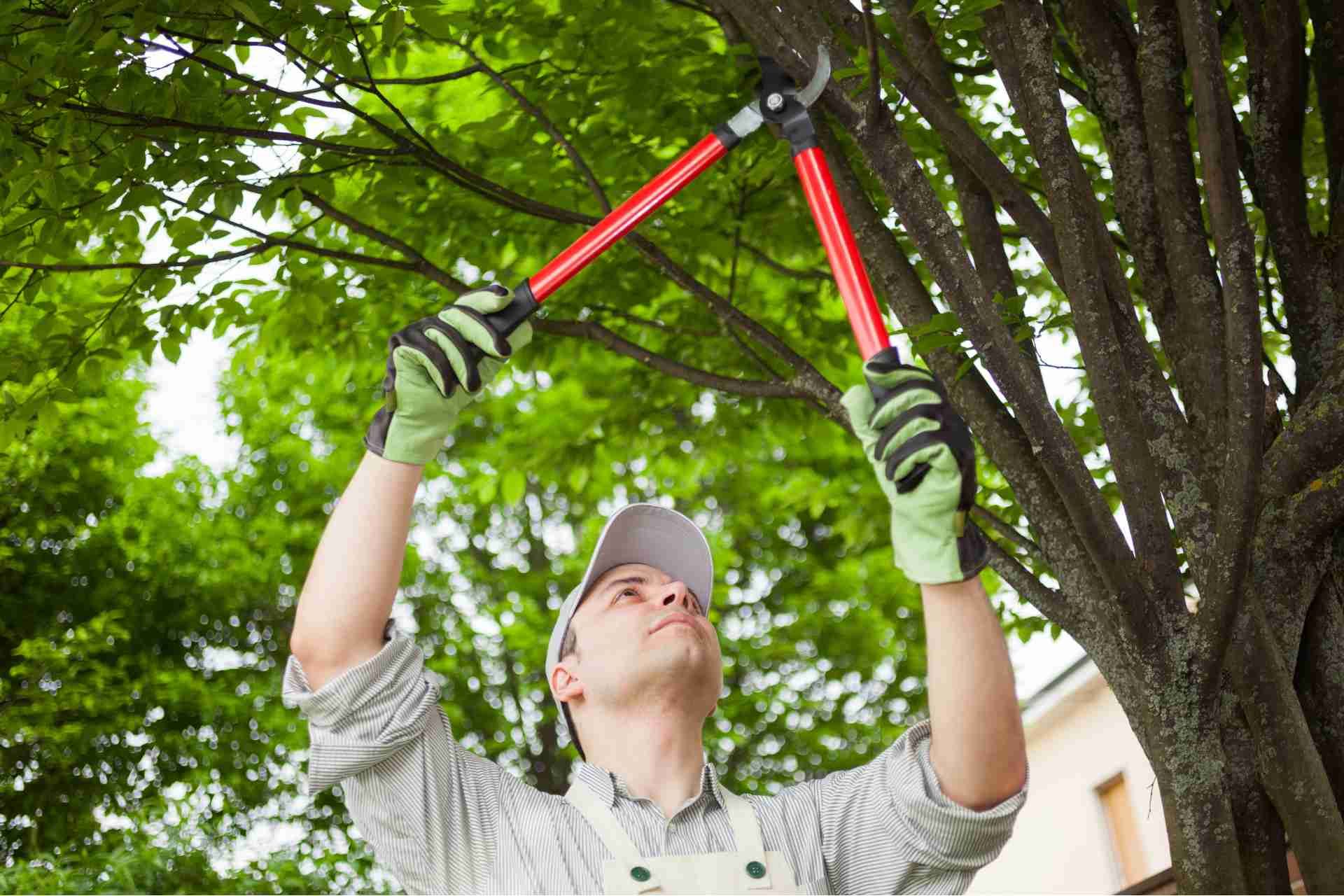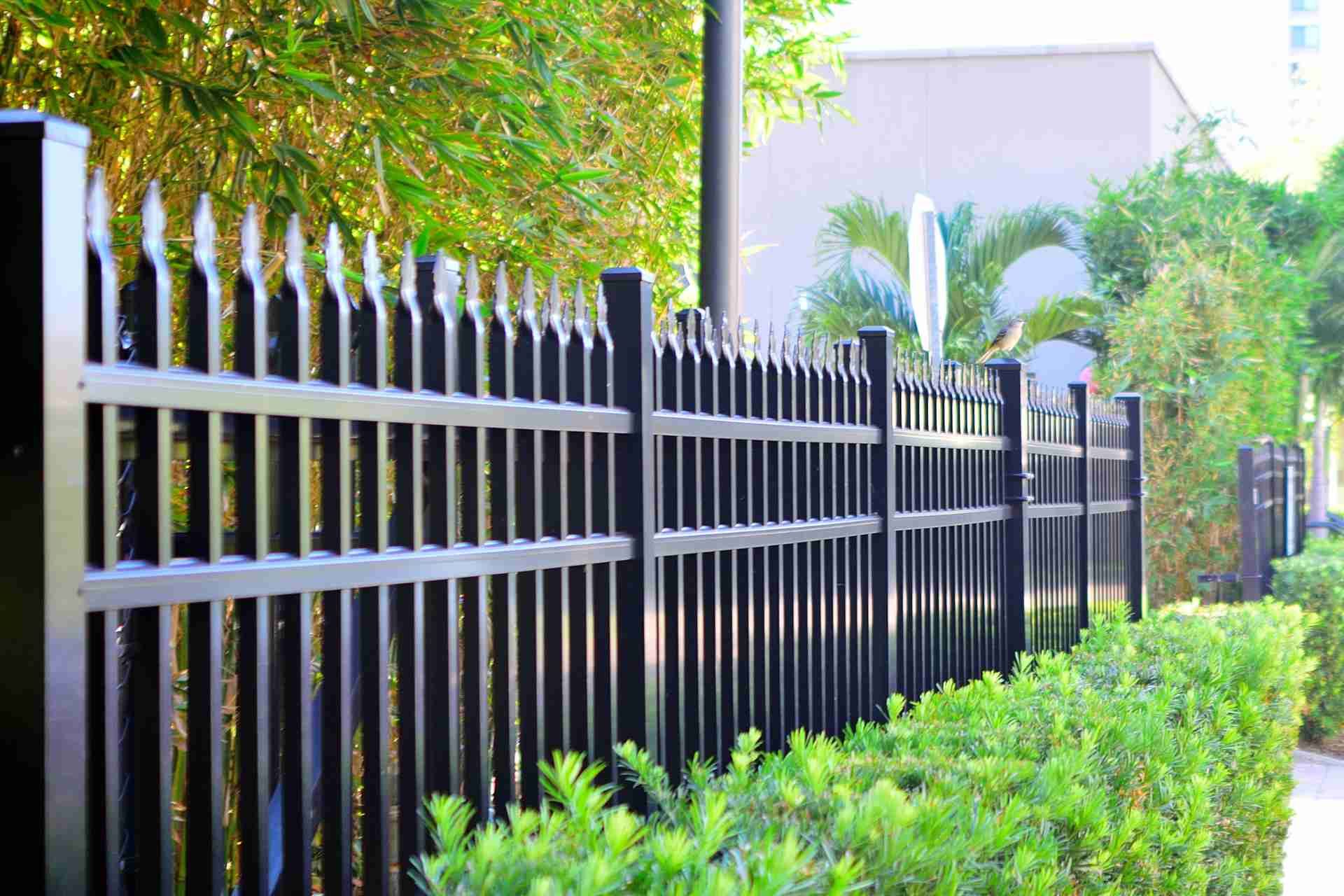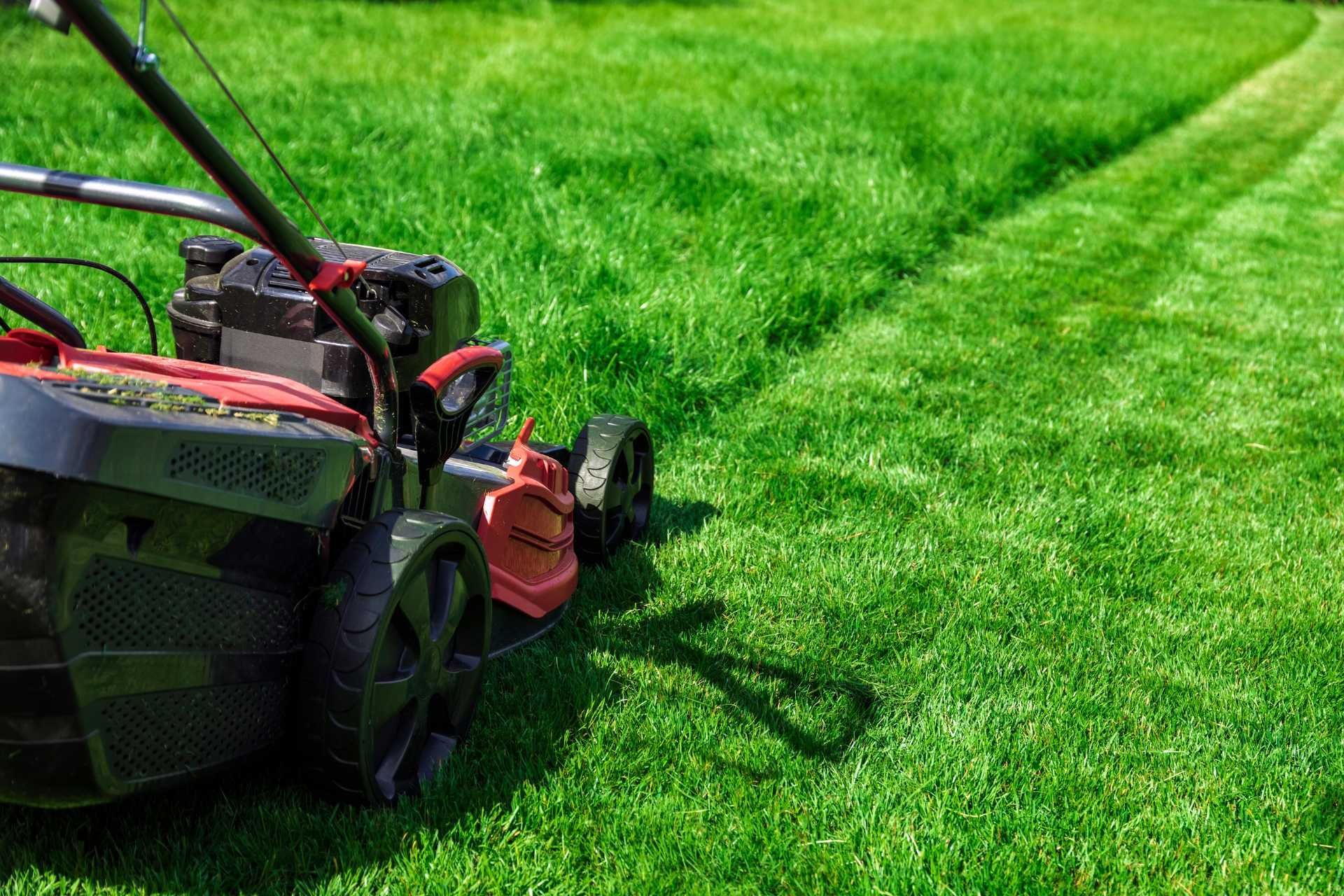How To Prune A Tree Correctly
When it comes to pruning a tree correctly, timing and technique are crucial. You want to tackle this task during late winter or early spring, just before new growth starts. With the right tools in hand, you'll focus on specific branches that need attention. But don't rush into it—there's more to consider, including how to care for your tree afterward. Understanding these key aspects can make all the difference in your tree's health and appearance.
Understanding the Best Time to Prune
When you’re planning to prune your tree, it's essential to consider the timing, as pruning at the right moment can promote healthy growth.
Generally, late winter or early spring is the best time for most trees, just before new growth begins. This timing allows you to remove dead or damaged branches without harming the tree's vitality.
If you’re dealing with flowering trees, it’s crucial to know their specific blooming cycle; prune those that bloom in spring right after they flower.
On the other hand, summer bloomers should be pruned in late winter.
Always avoid pruning during extreme weather conditions, as stress can hinder recovery.
Essential Tools for Pruning Trees
Pruning trees requires the right tools to ensure clean cuts and promote healthy growth. Start with bypass pruners for small branches; they make precise cuts without crushing the wood.
For thicker branches, use loppers, which provide extra leverage. A pruning saw is essential for larger limbs, as it handles tougher cuts efficiently.
Don't forget safety gear, like gloves and goggles, to protect yourself during the process. A sturdy ladder can help you reach higher branches safely.
Lastly, keep your tools sharp and clean to encourage healthy cuts and prevent disease. With these tools in hand, you'll be well-prepared to tackle your pruning tasks effectively and keep your trees thriving.
Identifying Which Branches to Prune
With the right tools ready, it’s time to focus on identifying which branches need pruning.
Start by looking for dead or diseased branches; these can harm your tree’s health and should be your top priority.
Next, check for crossing branches that rub against each other, as this can create wounds that invite pests and disease.
Identify any branches that grow inward, competing for space and light.
Also, consider the overall shape of the tree; if it's becoming too dense, thinning out some branches will improve airflow and sunlight penetration.
Finally, assess the height and structure; remove any branches that pose a risk to power lines or structures.
Prioritize health and safety when making your decisions.
Pruning Techniques for Different Tree Types
Understanding the specific needs of different tree types is crucial for effective pruning.
For deciduous trees, focus on removing dead or crossing branches to encourage airflow and sunlight penetration.
When dealing with evergreen trees, avoid heavy pruning; instead, thin out crowded areas to maintain their natural shape.
Fruit trees benefit from a central leader approach, promoting an open canopy that allows fruit to develop evenly.
For flowering trees, prune after blooming to avoid cutting off next season's flowers.
Lastly, consider the age of the tree; younger trees need formative pruning to establish a strong structure, while older trees may require more cautious maintenance.
Each tree type has unique requirements, so tailor your techniques accordingly for the best results.
Proper Pruning Cuts and Methods
When you make proper pruning cuts, you not only enhance the health of the tree but also promote its growth.
Start by using sharp, clean tools to ensure smooth cuts that minimize damage. For branches, cut at a 45-degree angle just above a bud or lateral branch. This encourages new growth in the right direction. Avoid leaving stubs, as they can invite pests and disease.
When removing larger branches, use the three-cut method: first, make a notch on the underside of the branch, then cut from the top a few inches away, and finally, make a final cut at the branch collar. This technique prevents tearing and helps the tree heal more effectively.
Always prioritize the tree’s natural shape.
Post-Pruning Care for Your Trees
After you've pruned your tree, it's crucial to provide the right care to support its recovery and growth.
First, keep a close eye on the tree’s water needs. Ensure it gets enough moisture, especially during dry spells, but avoid overwatering.
Second, apply a layer of mulch around the base to retain soil moisture and suppress weeds. This helps the tree focus on healing.
Third, consider a slow-release fertilizer, especially if the pruning was extensive, but don’t overdo it.
Lastly, monitor for pests or diseases that might take advantage of the stress caused by pruning. Regular inspections will help you catch any issues early.
With proper care, your tree will thrive and flourish in no time.
Conclusion
By following these pruning guidelines, you can help your trees thrive and maintain their natural beauty. Remember to choose the right time, use the right tools, and focus on the branches that need attention. Implement proper cutting techniques, and don’t forget about post-pruning care to ensure your tree recovers well. With a little effort and care, you’ll set your trees up for healthy growth and longevity for years to come. Happy pruning!







